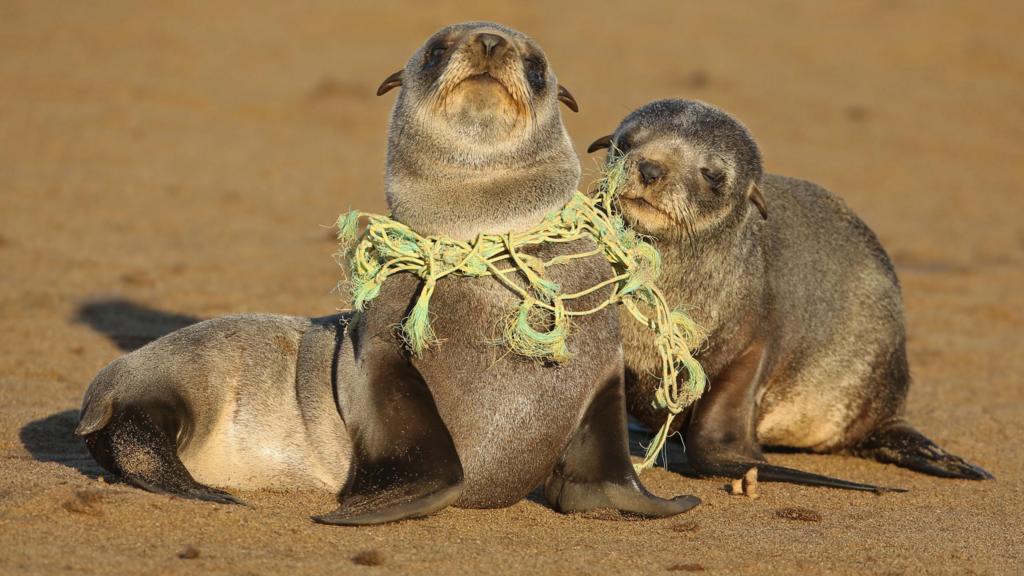A comprehensive analysis of 10,000 marine animal autopsies has shed light on the deadly consequences of plastic ingestion.
The study reveals that seabirds face a significantly elevated mortality risk after consuming as few as 23 pieces of plastic, resulting in a 90% chance of death. Marine mammals reach a similar critical threshold with 29 pieces, while sea turtles require an ingestion of approximately 405 pieces to reach the same level of danger.
Researchers expressed surprise at the minimal amount of plastic needed to pose a threat, noting that a volume of soft plastic less than that of a soccer ball could prove fatal to a dolphin. For seabirds, the ingestion of a few rubber fragments, even smaller than a pea, could be deadly.
The findings, experts suggest, could inform and strengthen global conservation strategies aimed at protecting vulnerable wildlife.
“This serves as a stark reminder that plastic pollution presents a genuine existential threat to marine wildlife,” stated Dr. Erin Murphy, lead researcher from the Ocean Conservancy, a U.S.-based environmental organization.
The analysis drew upon autopsy data gathered from across the globe, encompassing seabirds, sea turtles, and marine mammals such as seals, sea lions, and dolphins. The data indicated that nearly half of the sea turtles examined, one-third of the seabirds, and one in ten of the marine mammals had ingested plastic.
Researchers further estimated the mortality risks associated with the ingestion of various types of plastic among the different groups of marine animals.
The type of plastic was also deemed a significant factor, with rubber posing the greatest danger to seabirds, soft plastics and fishing debris representing the primary risks to marine mammals, and both hard and soft plastics presenting threats to turtles.
Notably, the study’s scope was limited to plastics found within the animals’ stomachs and did not account for chemical impacts or entanglement, suggesting the actual scale of harm is likely even more extensive.
Plastic has been detected in the bodies of hundreds of marine species. While birds often ingest plastic fragments and turtles commonly mistake plastic bags for jellyfish, precise data on the lethal quantities of plastic for animals of varying sizes has been lacking until now.
Dr. Murphy emphasized: “To effectively combat plastic pollution, the science is clear. We need to curtail plastic production, enhance collection and recycling efforts, and actively clean up existing pollution.”
The research is published in Proceedings of the National Academy of Sciences.
Grantham RiverCare to Receive King’s Award for Voluntary Service.
Indigenous People Establish Unarmed Guard to Police World’s Largest Tropical Rainforest Amid Deadly Violence.
Government Measures Insufficient to Meet Environmental Targets, Environmental Audit Committee Finds.
Conservationists’ and Farmers’ Efforts Yield Positive Results as Breeding Waders Experience Successful Summer in Fermanagh.
Conservation Group Honored with Prestigious Award from King Charles III.

